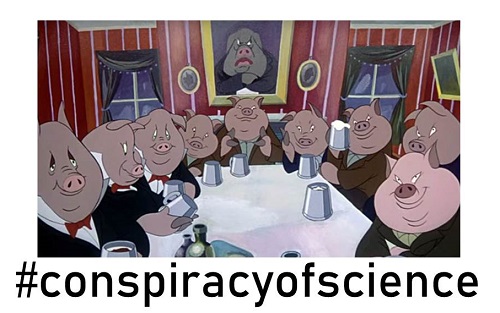Yaniv wrote:My theory predicts red light should travel faster than blue light in vacuum.
Yes, you've said. Since you never appear to give any quantities for any of your predictions it would be difficult to test them experimentally with any certainty. If the experiment yields negative results you can simply claim that the experiment was not sensitive enough to detect the effect that you are predicting. But if you don't state how sensitive the experiment needs to be in order to detect the effect that you are predicting, how can the experiment be performed?
Still, obviously countless experiments have been done which have involved measuring the speed of chromatic light (light consisting of more than one frequency) with varying accuracies, and as far as I'm aware (correct me if I'm wrong) none have found that the red component of the light travels at a different speed to the blue component in a vacuum. One of the most famous was perhaps the Michelson–Morley experiment, conducted in the late 19th Century (and repeated in various forms numerous times since then) to try to detect the proposed "luminiferous aether" - one of the experiments that led to the conclusion that light (of all frequencies) travels in a vacuum at the same speed relative to all observers and that there is no such thing as the luminiferous aether.
Here's another thought to consider: The distant stars all emit a range of different frequencies of EM radiation, including light of different colours. And they are all moving relative to us, both towards/away from us and across our field of view. For example, the star with the fastest "proper motion" is Barnard's star (6 light-years away) which moves across the sky, relative to the average positions of all the other stars, at about 10 arc-seconds per year. If the EM radiation from the stars was all travelling towards us at different speeds (relative to us) then it would all reach us at slightly different times, when the star was in a slightly different position in our sky, and we would expect the stars to appear to be smeared across the sky in the direction of their motion.
Tell us how large your theory predicts this smearing effect to be so we can look for it. It certainly hasn't been detected yet with any existing telescope or radio telescope. Are they accurate enough to detect it?
--
On your website you said this:
The theory predicts blue light travels slower than red light. Gamma, x-rays, radio and microwave deflect less than infrared and predicted to consist of negative E particles travelling faster than infrared. Ultraviolet deflects more than blue light and predicted to travel slower than blue light
You seem here to be a bit muddled about the nature of various forms of EM radiation. Gamma and x-rays have a higher frequency than visible light and ultraviolet. Radio and microwaves have a lower frequency than visible light and infrared. They've all been observed experimentally to travel at the same speed in a vacuum. You lump them together and claim that they all travel faster than infrared. Why do EM waves/particles of both higher and lower frequencies than infrared and red light all travel faster than infrared according to you?
As you'll know, numerous technologies rely on the experimentally confirmed fact that, for example, different frequencies of radio waves travel at the same speed. GPS triangulation is one example. Is your predicted difference in the speed of radio waves of different frequencies big enough to be significant for GPS triangulation calculations?
Electromagnetic theory predicts heat is massless.
Heat is a measure of the collective movement - the kinetic energy - of the molecules of which objects are composed. It was once proposed to be a substance called "caloric", which was proposed to flow through objects like a fluid, but this theory has been demonstrated not to be a good fit with experimentally observed reality.
Classical Electromagnetic theory predicts nothing about heat. It is about electromagnetism. Thermodynamics deals with heat. More modern physics predicts that moving objects have a larger mass than their rest-mass. This has been confirmed experimentally numerous times, as I've explained before. For example, if it wasn't explicitly accounted for in circular particle accelerators the particles would crash into the walls of their containers. Modern particle accelerators have had particles travel within a very small fraction of the speed of light, at which speeds their mass is observed to be hundreds of times their rest-mass, in accordance with the predictions of theory.
...W reduction at increasing T in vacuum disproves this notion. The laws of electromagnetism currently used in technology can be used further until and if ever replaced by a better set of equations but should not be described as 'universal' and used outside field of application.
The constant speed of light in a vacuum is denoted by the letter 'c' and it appears as a constant in the equations of electromagnetism - Maxwell's equations. If you are proposing that 'c' is not a constant, what are you replacing Maxwell's equations with? You need to let us know because pretty much all of tried and tested technology for over 100 years relies on them.
